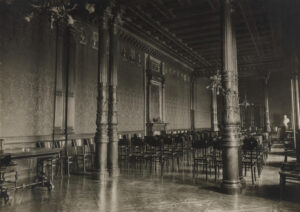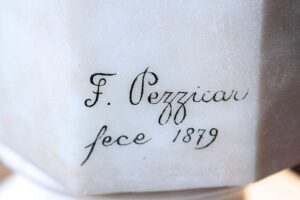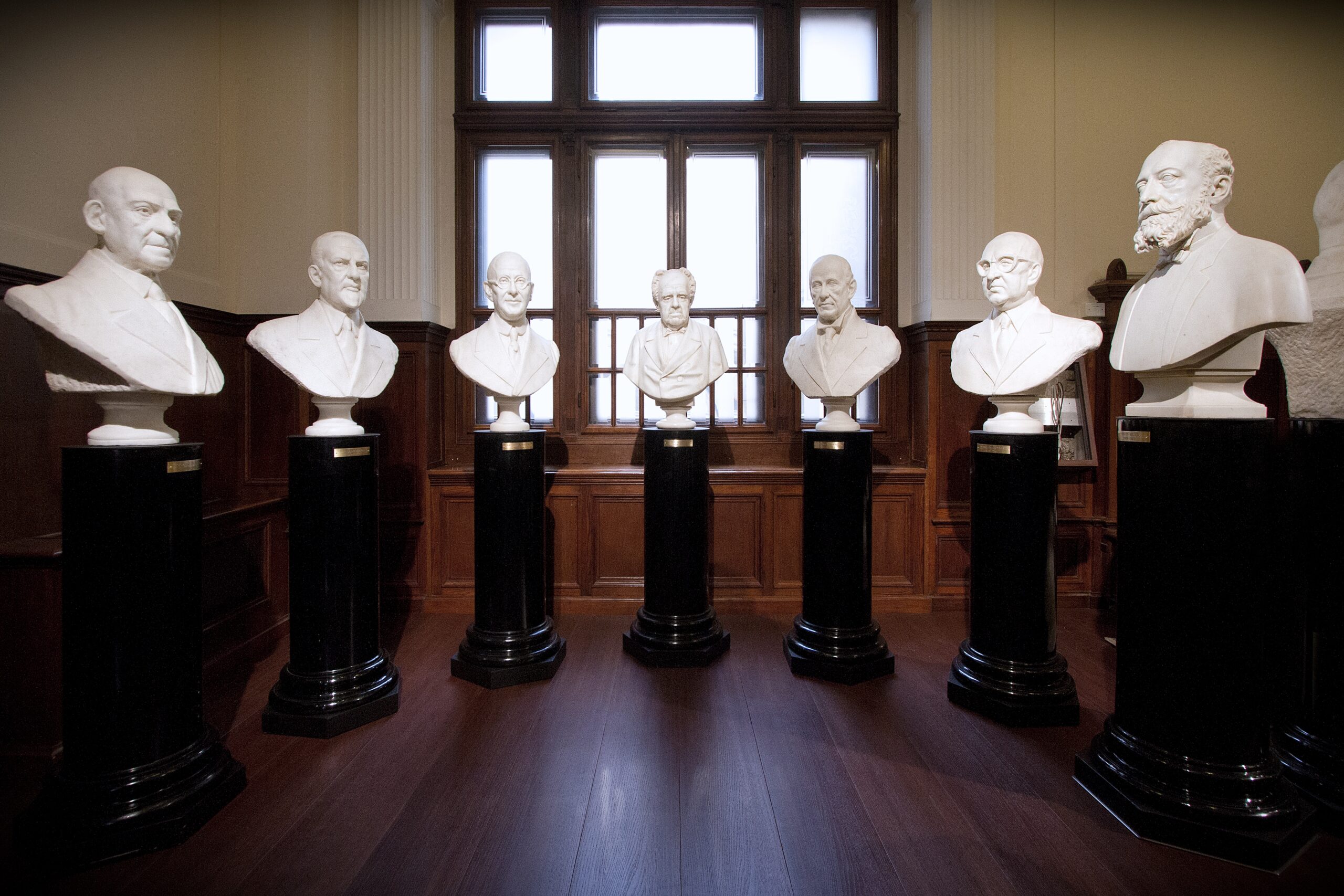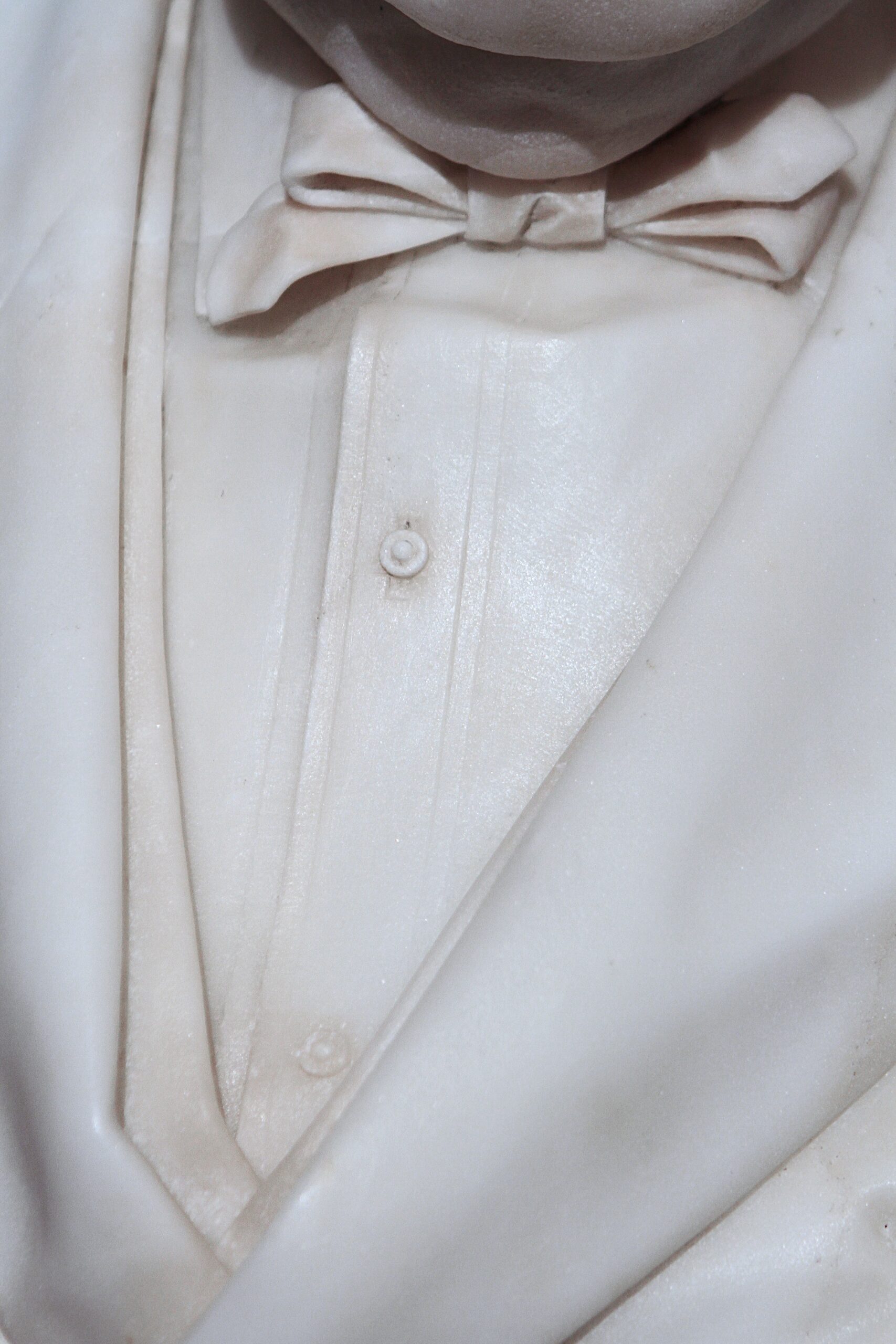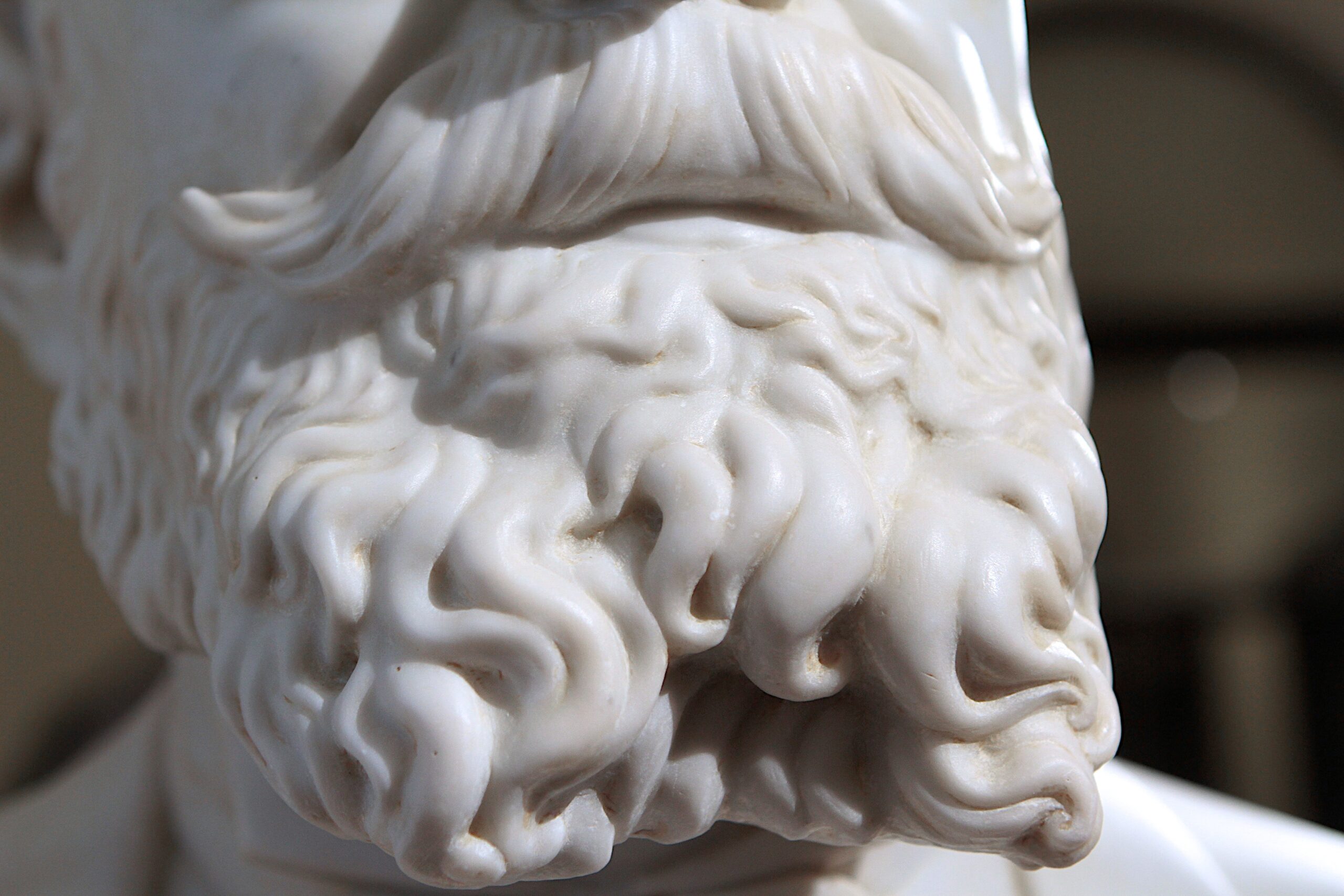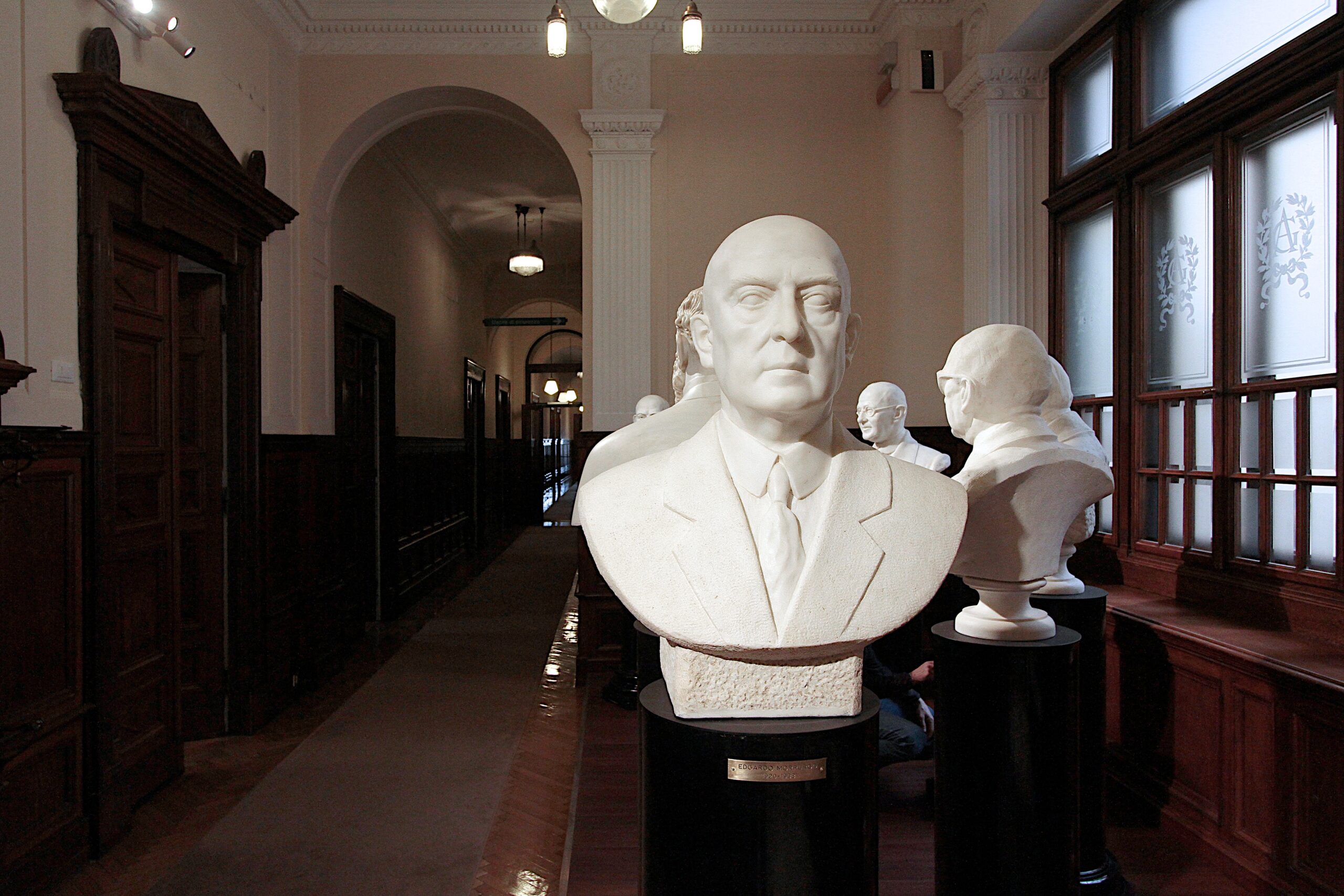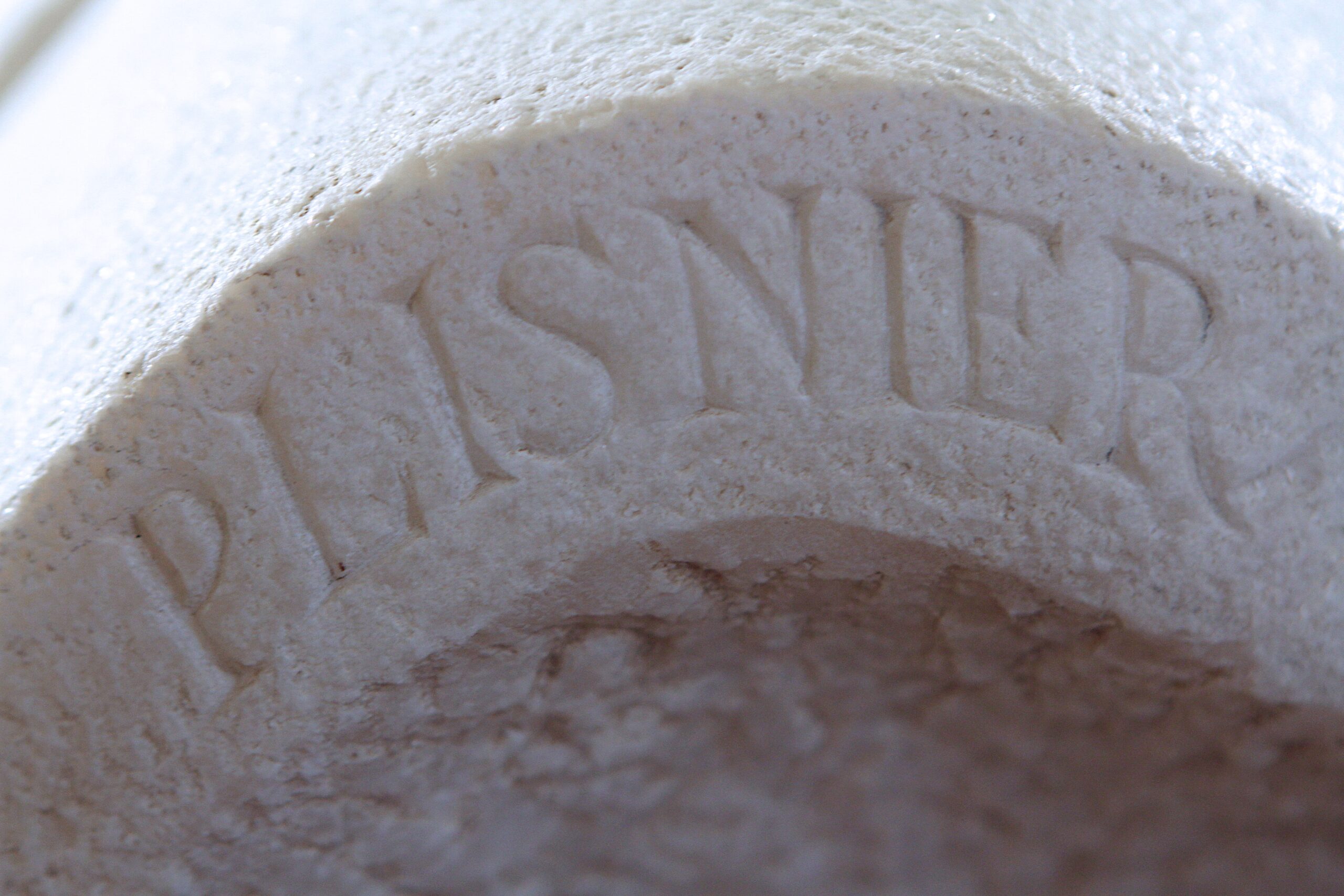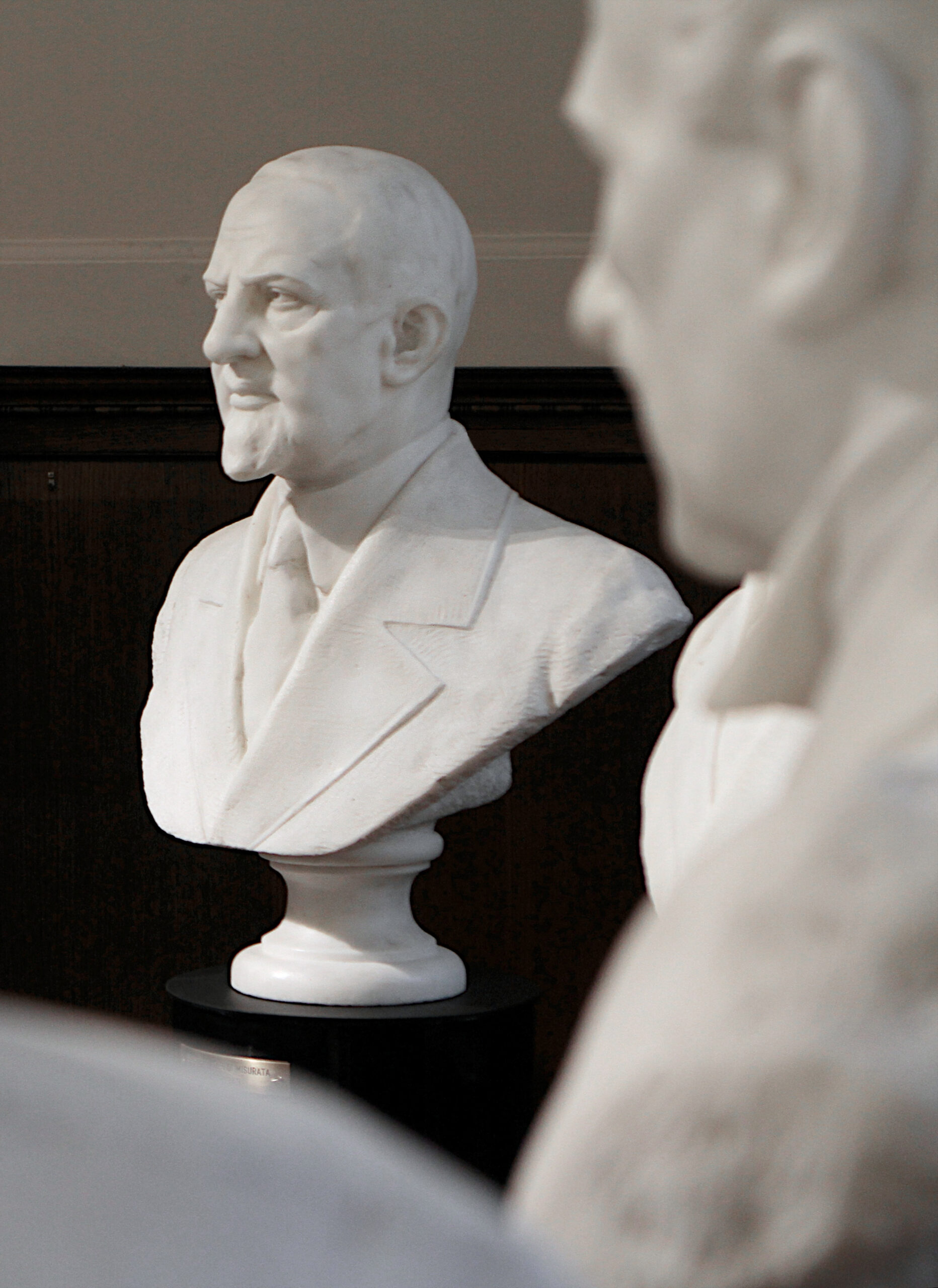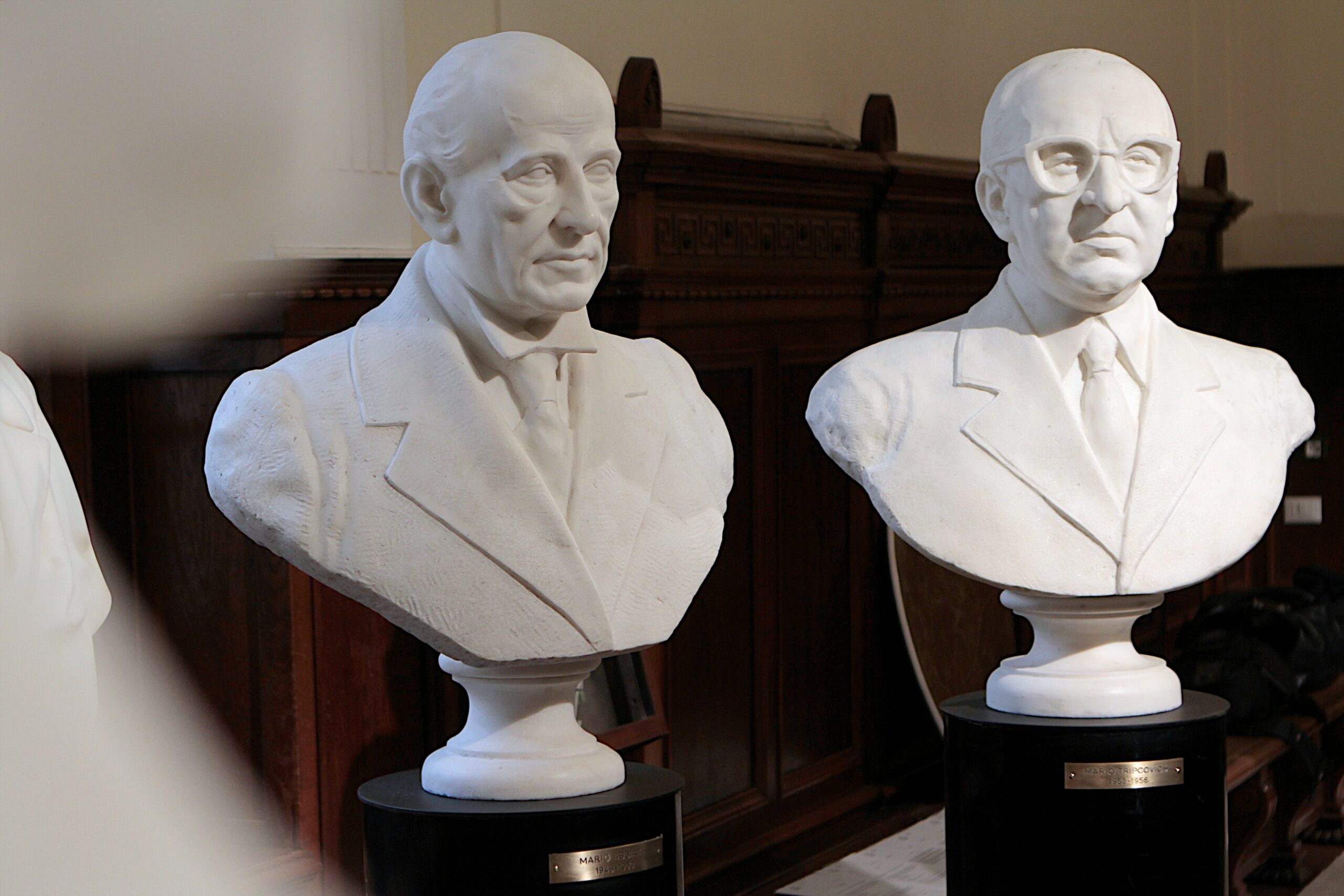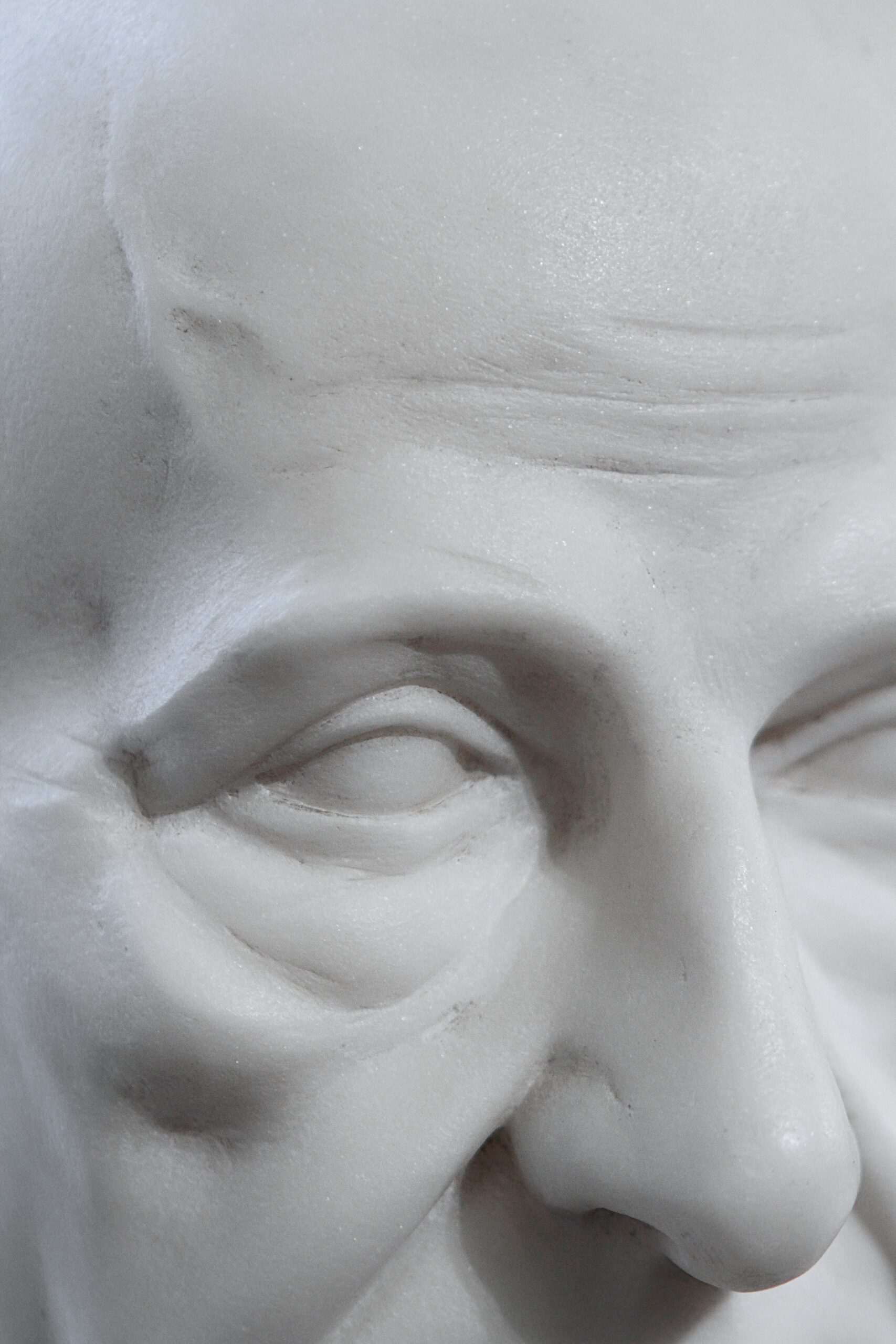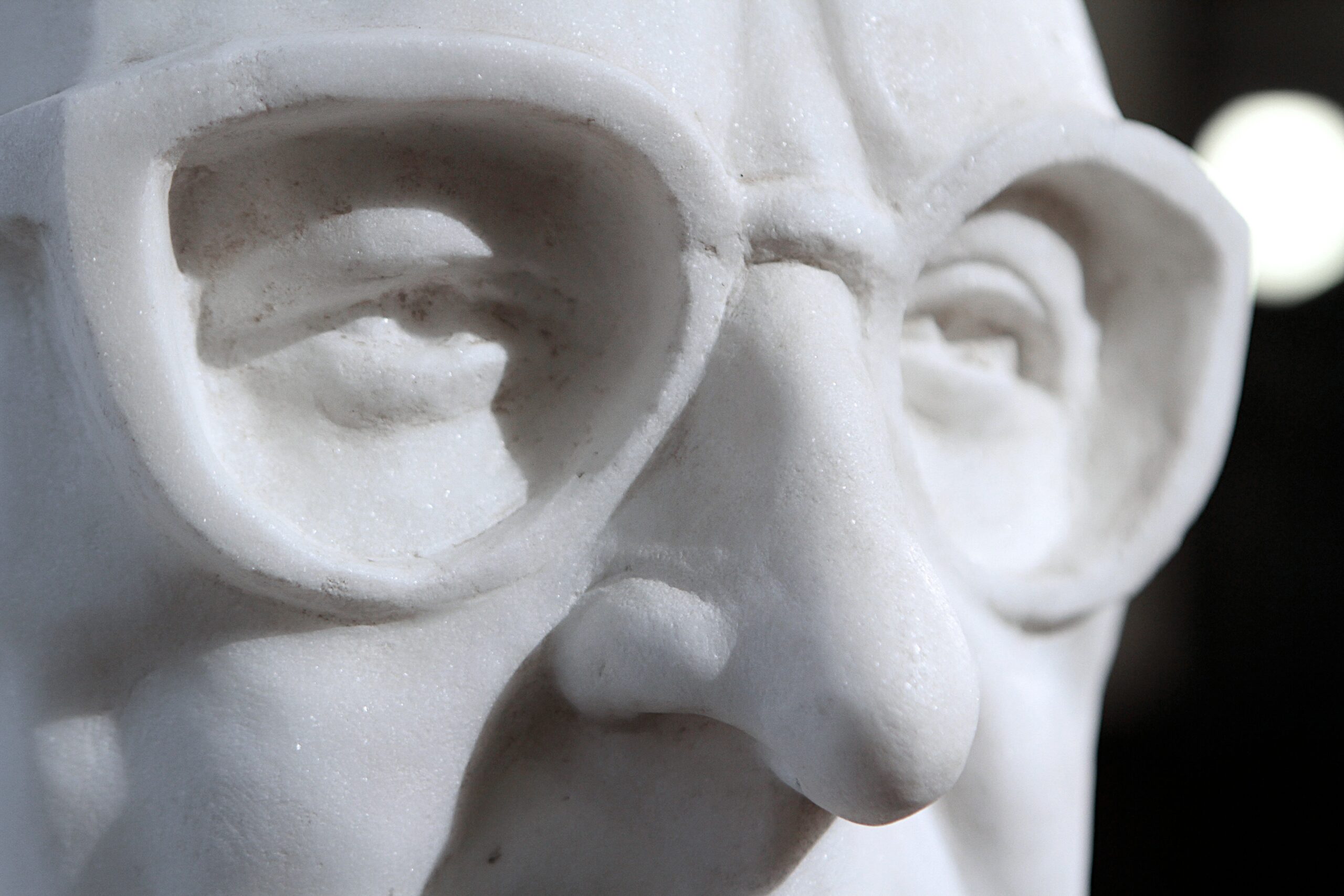Memories in Marble and Bronze: Busts of the Chairmen of Generali
08 February 2024
The collection of eight marble and three bronze busts of the chairmen of Generali bookends the period of the “traditional” commemorative portrait of Generali’s most senior dignitaries, replaced first by paintings and later by photography.
The tradition started with Secretary General Masino Levi’s 40th anniversary at the Company and his resignation from the role having reached retirement age. As a sign of recognition of the esteem in which he was held by the Board, and first and foremost as an example for the employees, the Board decided “to affirm his place among those who serve our Company in exemplary and tireless fashion, and are able to reach its highest ranks, and enjoy the very highest appreciation until the very end [...] for this reason – to preserve the memory for future generations of employees – to have a likeness sculpted by a talented hand placed in the Board room.”
As reported in the minutes of the Board of Directors’ meeting of June 1878, in addition to setting out the circumstances in which the decision was taken, it also provides us with information on the chosen location for the exhibition: the piano nobile of Palazzo Geiringer (Generali’s historic headquarters), used for meetings – as also testified by several period photographs kept in Generali's Historical Archives –, as well as the place used for the conservation of the twentieth-century portraits on canvas of the Company's top management.
With modesty and subtle irony, Masino Levi was quick to respond, in a letter sent to Board member Vitale Segrè in 1878: “To justify such a distinction,” he wrote, “which is so rarely proffered to people still alive, I attach a copy of the Sunto Storico [“historical summary”] on my 40 years of labour as part of the Company’s management and the results thereof, which I have chosen to compile so that I may in some way justify the position that the esteemed Board has seen fit to adopt on the matter of my aforementioned 40th anniversary.”
In reality, Levi passed away in early 1879 and did not get to see the finished sculpture, which was completed and put on display only a few months later, owing to an accident during the process that meant the work had to be started over, along with 20 copies of it in plaster “to be distributed among the members of the Levi family and others” (Board minutes No. 1331 of December 23, 1878).
Of particular interest is an anecdote shared by Massimo De Grassi in an essay on the Trieste artist behind the bust, Francesco Pezzicar (the name appears on the artwork itself). Citing an article on the sculpture published in Trieste’s Il Cittadino daily newspaper on June 6, 1879, the sculptor was said to have seen Masino Levi a few years earlier, intently reading a newspaper at the table of a café. Pezzicar mentioned to his friends the “distinguished and intelligent countenance of that gentleman” and expressed “a desire to reproduce it in marble and ingrain with my chisel the energy that animates him, the intelligence that emanates from him.”
Decades later, five years after the passing of Chairman Marco Besso, Generali decided to honour him with a commemorative bust. The commission was offered to the Genovese sculptor Gigi Supino, already a recognised name on the national level and the artist behind previous commissions for the Company, as noted in a letter sent to him by the deputy general manager, Angelo Ara, on November 8, 1925: “[...]. For Marco Besso, in recognition of his renowned qualities, Edgardo [Morpurgo] intends to replace the simple portrait with a marble bust, an honour already bestowed in the past to our first secretary general, Masino Levi, who carried the company for almost 40 years before Besso. For the execution of the bust, consideration has been given to the sculptor Supino. I would ask you to let me know if he accepts the commission and, if so, under what terms. The bust should have the approximate dimensions of the one of Masino Levi, of which I am sending you a photograph with the measurements marked on it. I am also sending you the materials that will be necessary as the “inspiration”, along with precisely four photographs of Marco Besso and a medal that carries his representation. As Edgardo [Morpurgo] will be there tomorrow, and will provide the aforementioned materials, it would be good if you could go and visit him, as he will be able to provide you with helpful suggestions regarding the likeness of the individual photographs etc.”.
The style of the letter sent is strikingly informal, evidence of the confidence derived from the kinship between the two. Indeed, Supino is the nephew of then-Chairman Edgardo Morpurgo on his mother’s side. The latter, in turn, was the first cousin of Angelo Ara.
By January of the following year, the sketch of the sculpture was already taking shape. Ara wrote to Supino complimenting the artist for his work, and told him “I can tell you that those who knew Mr. Besso find the likeness in your work remarkable.” The correspondence, which is preserved in the Historical Archive, includes numerous other letters: from one of them, we learn that the sculptor sent the finished bust on May 21, 1926, after having “removed the honour decorations and making the beard a bit more square”; these suggestions had been put forward by executives at the Company, who had examined a photograph of the work in progress.
The third commission, that of the bust of Edgardo Morpurgo, was to be included in the event to mark the company’s 125th anniversary: a “familial” ceremony that was limited to the local authorities, members of the governing bodies and chairmen of the affiliated companies in Trieste, held in the Duca d’Aosta Hall in Palazzo Stratti, where the bust of Morpurgo was unveiled in the presence of his wife, and a solemn ceremony held before all representatives and employees of Venice’s Palazzo Ducale. In so doing, the Company sought to “honour the past, with the majestic conference in Venice seeking to glorify the present and engage with the future” (minutes of the Shareholders’ Meeting, June 25, 1956).
The name of the artist tasked with this bust was not mentioned, but here too the artwork carries the signature of its creator, Trieste artist Adolare Plisnier, as were other busts entrusted to him during the 1950s, those of Giuseppe Volpi di Misurata, Antonio Cosulich, Mario Abbiate, Mario Tripcovich and Camillo Giussani.
The Muggia-born sculptor Ugo Carà (who sculpted under the name Ugo Carabaich, itself later Italianised to Carabei), is the first of the series of busts in bronze, the last ones before the transition to photography: the bust of Gino Baroncini, commissioned in the 1970s, bears his signature.
Finally, the bronze busts of Cesare Merzagora and Enrico Randone, both commissioned in 1991, carry the signature of Sicilian artist Innocenzo Vigoroso.
These busts are today exhibited in the piano nobile of Palazzo Geiringer, in a space devoted to paying tribute to their story and to the artistic quality of the works themselves, the so-called “saletta dei presidenti” (“chairmen’s room”).
